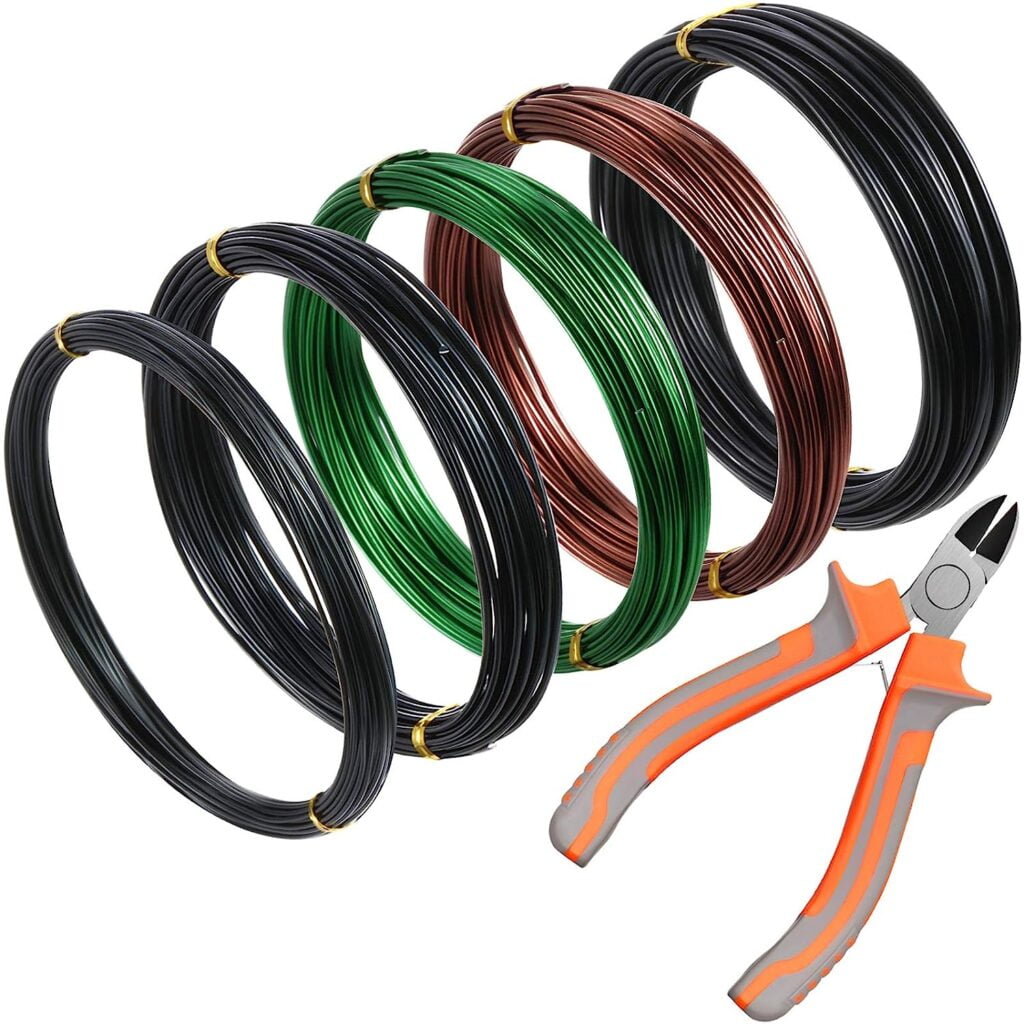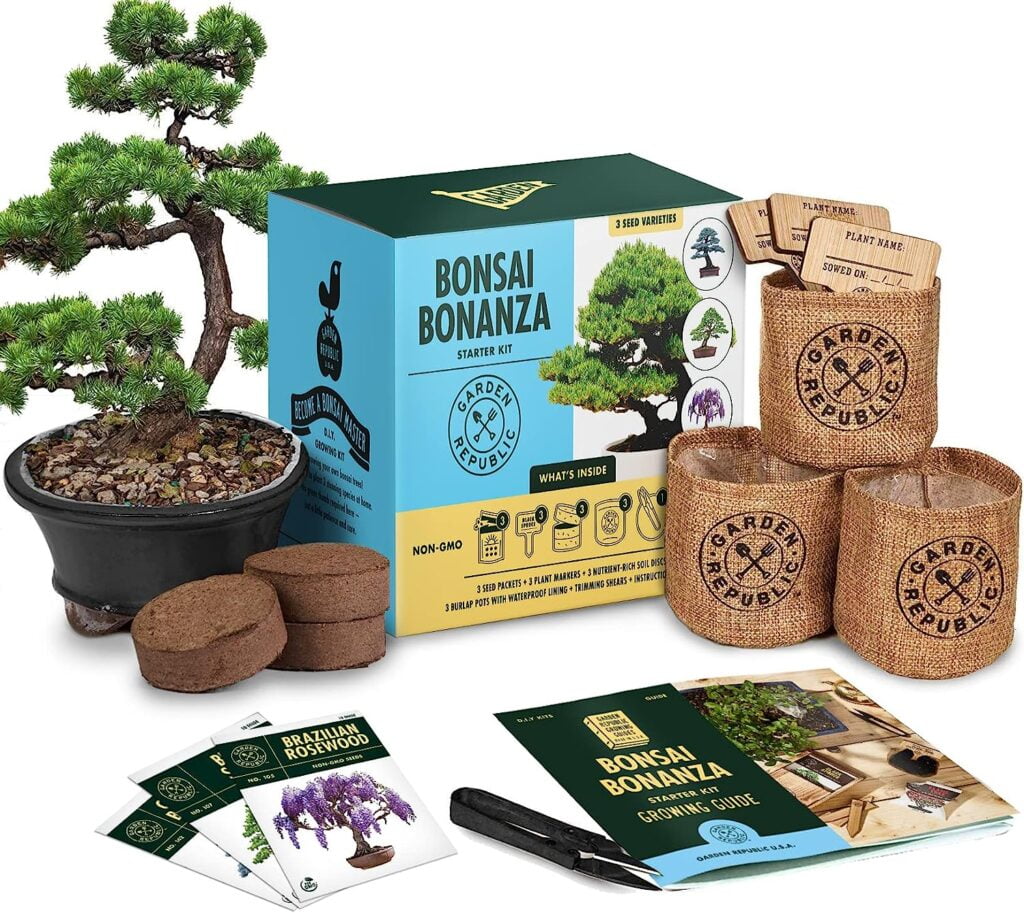Welcome to the fascinating world of redwood bonsai! These beautiful trees are known for their red leaves and brownish bark during the fall season. Bonsai enthusiasts love them not just because they are easy to take care of, but also because they grow fast and can handle trimming very well.
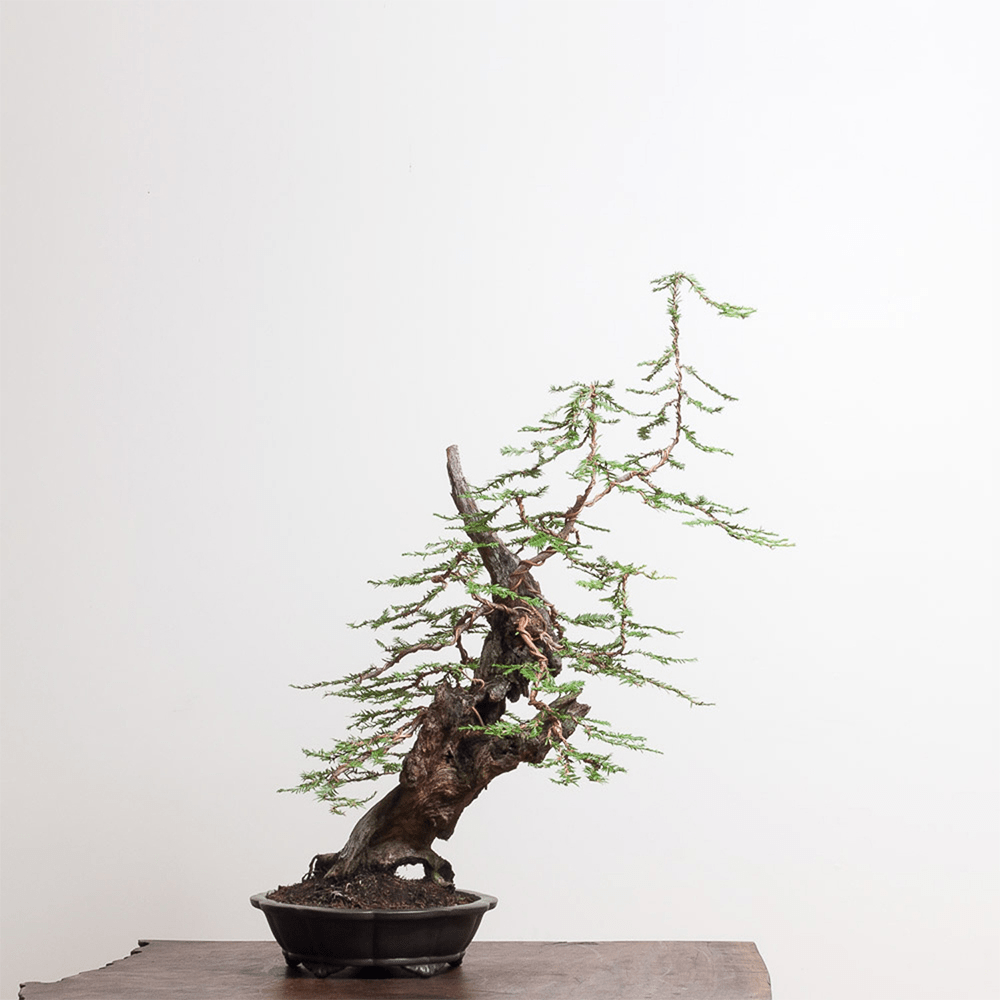
Redwood trees have been around for a very long time, which makes them special to keep around. Wherever you place them, they have a majestic and ancient vibe that adds charm to any space.
In this blog post, I’ll explain all about these amazing redwood bonsai trees. By the end, you’ll have the skills and knowledge to care for and grow them yourself.
So, get ready to explore the world of redwood bonsai! Whether you’re already a bonsai fan or just curious, I’ll show you how to care for these magnificent trees and even where you can find them for sale. Let’s dive in and unlock the wonders of these beautiful trees together!
Redwood Bonsai Quick Facts
| Fact | Description |
| Scientific Name | Metasequoia Glyptosroboides |
| Family | Cupressaceae |
| Native to | China and the United States, particularly California |
| Tree Type | Coniferous evergreen |
| Height | Sequoia sempervirens known as the tallest tree, matured size can reach up to 400 feet tall. |
| Lifespan | More than 2000 years. |
| Leaves | Scale-like, light green, alternative pattern |
| Fall foliage | Red |
| Flower | They procedure yellowish tufts at the end of the foliage in March. |
| Fruit | Brown cone |
| Cultivation | For bonsai tree |
| Symbolism | Longevity, safety, and wellness. |
| Uses | Wild trees are used for any kind of wooden furniture and as a bonsai for ornamental purposes. |
Redwood Bonsai Care Guide
Caring redwood tree is not that tough, but they are outdoor bonsai and thrive when the sun is bright. They grow really fast (one meter every year). They require pruning and shaping regularly. As they are on the larger specimen side, an intermediate bonsai owner would be their parent.
Nevertheless, if you are a beginner you can still care for them by proving the right environment and elements to grow.
Redwood Bonsai Watering
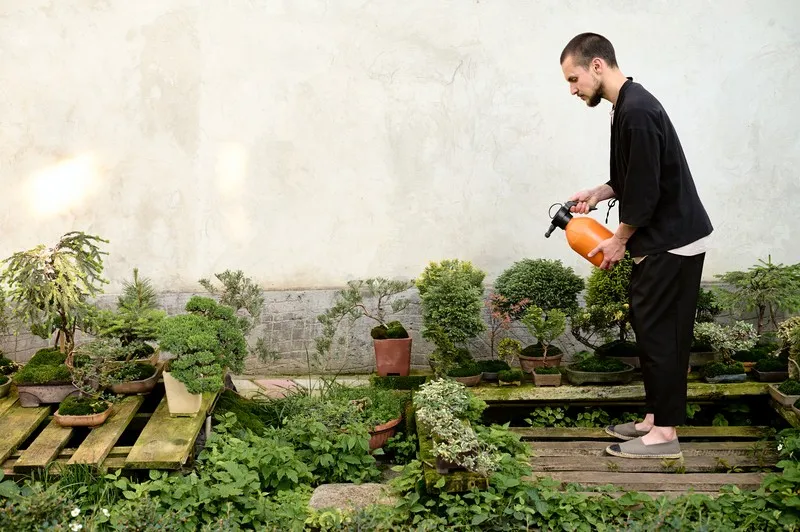
Some redwood species love bone-dry soil before watering, but most redwood bonsais are always thirsty for hydration. Two of those thirsty species are Dawn and coast redwood trees. Most notably coast redwood, as they are coastal elongating species, they prefer to stay moist all the time, but moist doesn’t mean wet.
Watering when and how may appear a bit critical to understand, I’ll break it down for you based on my experience with the redwood bonsai.
How to water the redwood bonsai tree?
- Prepare yourself to water every day and mist every alternate day.
- Insert your finger knuckle deep to determine the dryness of the soil. When the top surface appears on the drier side, it’s an indication it needs water.
- Soil preference plays a role in the determination of watering frequency. Soils that are on the clayey side retain water longer than sandy soil.
- Morning watering is more viable to ensure the soil gets the water instead of the sun evaporating them.
- You can use a drip tray in scorching hot midsummer. Higher humidity will help to reduce water evaporation.
Watering Can that I use for Watering
Redwood Bonsai Temperature Tolerance
Redwood bonsai trees are known for being a high-temperature tolerant tree. They can handle up to 100°F but you have to give it some shade providing clothes. But temperatures below 30°F-32°F are their enemy. They despise freezing weather and if you keep your bonsai outside in such cold breezy weather, first they will lose their glaze then they will droop and start losing significant parts of it.
Bonsai owners from colder regions should keep their redwood bonsai in a shelter or in a greenhouse in the winter months.
They do fine in shades, but the inner sprouts stats to develop more in the hope of reaching toward sunlight. In that case, it messed up with balance and strength.
On hot summer days, they should be protected by a 20% shade cloth to bear the heat, cool themselves, and maintain a moisture level.
Right Placement for Redwood Bonsai

Redwood is extremely hardy and can be cultivated under full sun. They do best in places where they can get moderate sunlight and high humidity.
If you are planning to keep them outside, be observant about frost in winter and moisture levels in summer.
By creating an exact sunlit and humid atmosphere you can cultivate redwood inside your house as well. Keep them in front of a south-facing window for the supplement of adequate sunlight and place a humidity tray under the pot filled with gravel and water which will keep the humidity level up for this moisture-loving tree.
Repotting Redwood Bonsai

Naturally, deciduous trees must be re-potted every two to three years and evergreens every four to five years. But, redwood trees grow unpredictably first, that’s why it’s better to solely rely on the observation of the root growth system for any root bound.
When the roots capture every corner of the pot and start forming ball-shaped entangled roots, they should be re-potted.
Re-potting will give a fresh set of soil to live on and the pruning during the re-potting process will stimulate the root growth.
Learn more about how to repot the bonsai plants
Even though re-potting is okay whenever it’s necessary, try to do it in mid-summer, right before the growing season.
- The tree should be removed completely from the container and the whole root system should be free from the soil around it. To do this you can rake the soil.
- After getting a clear view of the roots, they are ready to prune. The pruning never should take more than 1/3rd of the root mass.
- To dodge the possibilities of rapid water escape place a screen over the drainage holes.
- Put a layer of gravel at the base of the container and a layer of bonsai potting mix over it. The level of the potting mix should be enough to recreate the same height it was previously in.
- After placing the tree, cover the empty areas with the same potting mix. Gently pat around the soil to remove air pockets.
- You can position the container over a tub of water to quench its thirst or you can use moss on the surface of the soil to maintain a high moisture level.
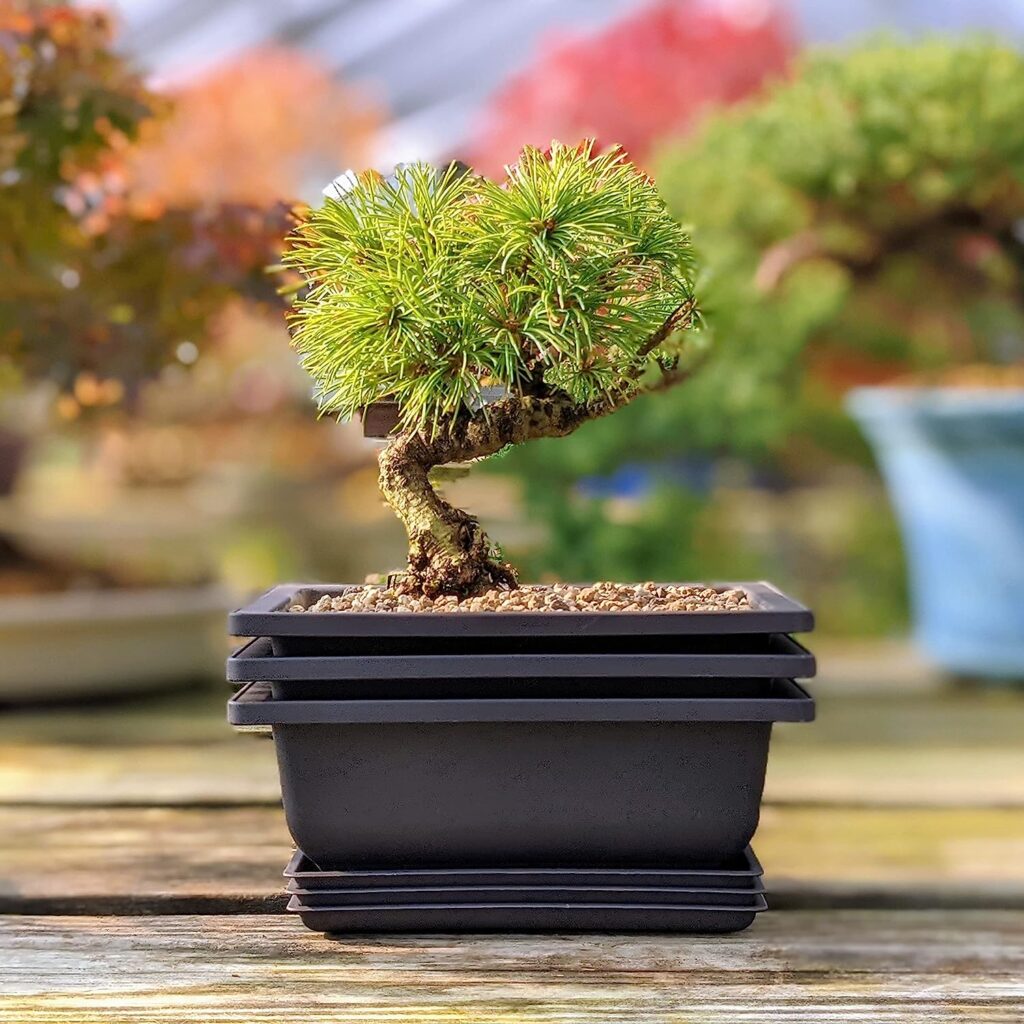
Best Soil for Redwood Bonsai:
They are not fussy about soil quality. All you need to worry about the water retention and drainage in the soil. Rich in organic material soil mixed with stones are best for them. Like any other bonsai, the soil has to be quickly draining. Akadama clay goes with most of the bonsais and it will go with redwood bonsai as well for the best care and maintenance.
How to Guides for Redwood Bonsai
To flaunt it’s the best version in your pot, you need to prune, feed, and shape redwood bonsai trees. Here’s how:
How to Prune Redwood Bonsai
- Redwood usually grows upright so shaping through pruning is relatively easy to understand. The tips of the shoots grow drastically, it should be trimmed back to its compact size 2-3 times a year. But a deep pruning promotes denser branching, they produce twigs way more than their desired amount.
- But growth deeply depends on the timing. In winter redwood goes through a short period of dormancy and this is the perfect time for any drastic pruning. The tree will have enough time to heal.
- The roots of the redwood bonsai grow quicker than any other bonsai species. So trimming them once a year in spring is something that is crucial.
- Trim the roots according to the size of the container you are providing. You may need to cut the root balls to fit into the container.
- Don’t hesitate to cut a good amount of roots. As long as 1/3rd of the root mass is there it will live.
- Just like roots, their branches grow fast as well. If your tree’s foliage is dense, you can prune the overgrown branches and maintain a triangular shape.
- Cutting limbs at an inclination of 45 degrees to the direction of the branch is perfect, this angled cut helps prevent water from pooling at the cut site.

MADE IN JAPAN 7inch(180mm), Japanese Bonsai Garden Tools, Hasami Pruning Shears
Pros:
- Japanese Garden Tools – Known for the Supreme Quality.
- A must have tool for anyone who is into bonsai or the gardening. You can use any where.
Cons:
- Not easily available everywhere. So you’ll have to buy it online and price goes up and down.

How to Wire a Redwood Bonsai
The best time to wire redwood bonsai is around November when they are leafless. You will have a clean canvas for winding art. The wire can stay till the beginning of the summer. As stated before, they are extremely fast-growing trees and the wire can effortlessly dig in the branches if left for long.
Growth of various parts of the tree can vary due to the sunlight reach. So, you can be vigilant and remove the wire from the part if necessary.
Wire only when the tree has lignified woody growth. To wire;
- First start with the trunk, then the main branches and secondary branches.
- Push the wire into the soil near the trunk, the closer the better, as the wire will get to the lower trunk closely.
- Maintain a 45-degree angle and start wiring it upwards. The specific angle will create the necessary spacing.
- Take a wire cutter to the wires. The specified tools should be used instead of other sharp tools. Wire cutters are sharper and can perform a clean cut without any struggle or possibility of harming the tree.
- After the trunk moves to wrap the thick and displaced branches.
- After wiring, they are now ready to bend. Slowly bind the tree to a desired shape without putting too much pressure.
How to Fertilize Redwood Bonsai
Redwood doesn’t require regular fertilizing.
But fertilizer will boost the health of the tree along with its lush foliage color and root growth. If the tree looks healthy in appearance, you can totally skip fertilizer.
Due to the compaction of the soil, the roots can develop some disorders. In that case, to stimulate the root growth apply a fertilizer high in phosphorus.
A well-ratio fertilizer with balanced nitrogen, phosphorus, and potassium levels is important for overall uses. The best ratios are 20-20-20 (all rounder), 10-5-5 and 12-6-6.
You can buy the best Fertilizers for Bonsai Plants NPK 20:20:20
If the nitrogen is three times higher than the other two components, it can cause the cranker or die back. Opt for an iron riched fertilizer for thriving growth.
Treat fertilizer as a supplement, they can never replace sunlight, air, and water.
The salt in fertilizer can cause fertilizer burn, so avoid fertilizing in drought seasons.
How to Grow a Redwood Bonsai
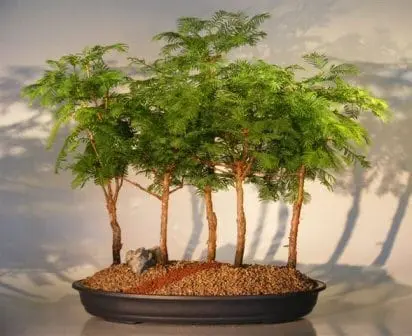
You can grow redwood bonsai from seeds and pruning. Both have its advantage and disadvantages. Seed propagation is time-consuming, it will take months to years to see your desired result, but the tree would be hardy and well-shaped as you will have control from the beginning. Cuttings on the other hand are quicker and less fussy, but it’s not necessary that the tree will have the same characteristics as the mother plant.
How to Grow Redwood Bonsai from Seed
Redwood bonsai seeds can be collected from old mature trees. For the best success rate try to collect seeds from a tree that is at least 20-30 years old. You can collect the cones from a mature tree and store them in a cool dry place.
During the storage period the cones open and loses seeds on their own, if not you can shake the container to loosen them from the cones before planting them.
After the seed collection, they are ready to be planted. Choose the big ones among them.
- Take a potting tray or disposable cups, and add a layer of draining substance like gravel, or lava rock at the bottom.
- Then add a layer of moist, fertilized soil over it.
- Place the chosen seeds over them by maintaining a distance from each other.
- Put another thin layer of the same soil and compact the soil by patting it with your fingers.
- Moist the soil regularly and keep it near a window to give indirect sunlight.
- Wait for a couple of weeks for them to sprout. Then they will be ready to be transplanted into individual pots.
- The bonsai will take a few years to construct.
Learn more about how to grow bonsai tree from seeds.
How to Grow Redwood Bonsai from Cuttings

Redwood bonsai propagation through cuttings is quite easy. Be knowledgeable of the fact that almost all redwood species are endangered, so you have to be cautious about not harming the tree while collecting the cuttings. Sanitized your tools before you proceed. For cutting propagation;
- Just like seed propagation, take a tray and add a layer of drainage substance. Add bonsai potting mix over it.
- Freshly cut some branches from the base of the tree. Every cutting should have at least 2-3 inches nodes.
- Dip the cuttings in rooting hormone for 5-6 seconds to encourage its growth.
- Take a pencil or dowel to create a hole in the soil and make sure the diameter of the hole is larger than the cuttings so that the growth hormone you just applied will not rub in the soil.
- Place them in a highly humid and high-temperature place, the rooting process with take eight weeks.
- They can be planted individually next spring.
Common Redwood Bonsai Problems and Solutions / Diseases & Pests:
Botryosphaeria Canker

This fungus consumes the cambium, sapwood, and inner bark of weak trees and makes big cankers. As these bumps get bigger, the fungus turns into black structures. The lumps will engulf the branch and stop nutrients from reaching the leaves.
Solution:
To remove botryosphaeria canker, cut off the infected parts of the plant. There is no other way around.
Bark beetles
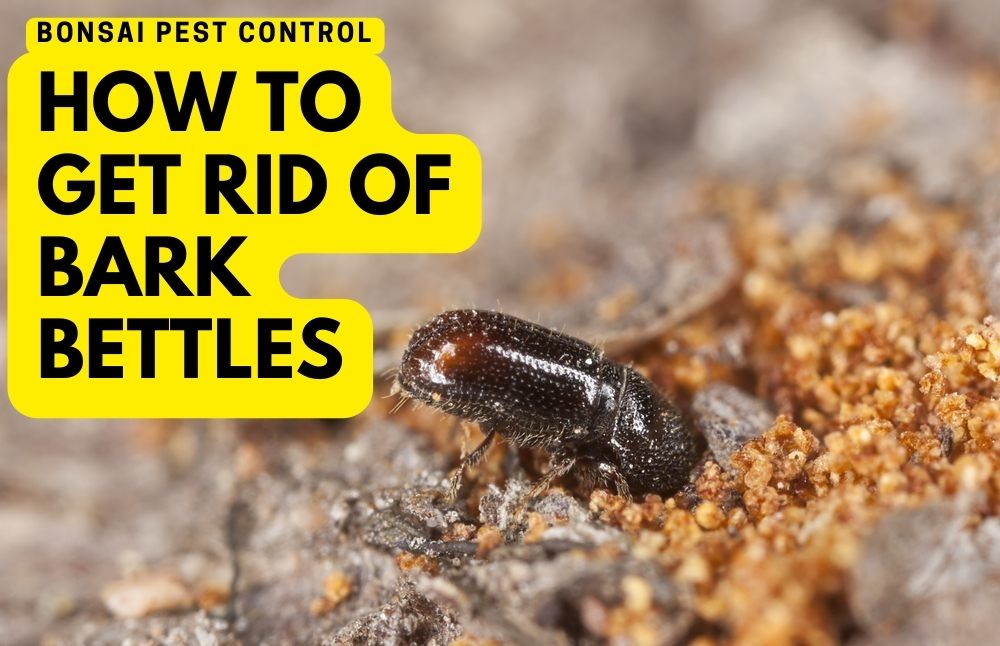
Bark beetles lay their eggs beneath the bark of trees. When the eggs hatch, the young beetles start eating the soft tissue just beneath the bark. This impacts the flow of water and nutrients in the tree, delaying it down or destroying it completely. As the beetles grow up, they leave the tree and search for more trees to attack. Sometimes the beetles bring another disease into the tree, which can either help in killing the tree or hurry the process of wood rot, making it riskier.
Solution:
Pruning the infected parts is the only way to stop them.
Shop | Where to Buy Redwood Bonsai on Sale
If you’ve read this far, I’m sure that you are very deep in to the bonsai. You may have a bonsai kit I assume, but if you don’t, this kit under $15 is a no-brainer.




